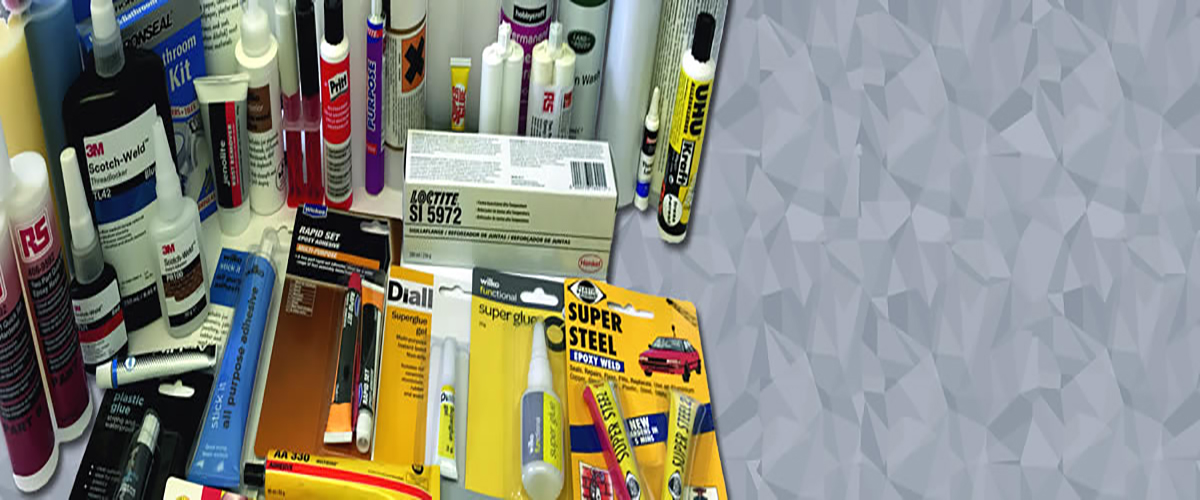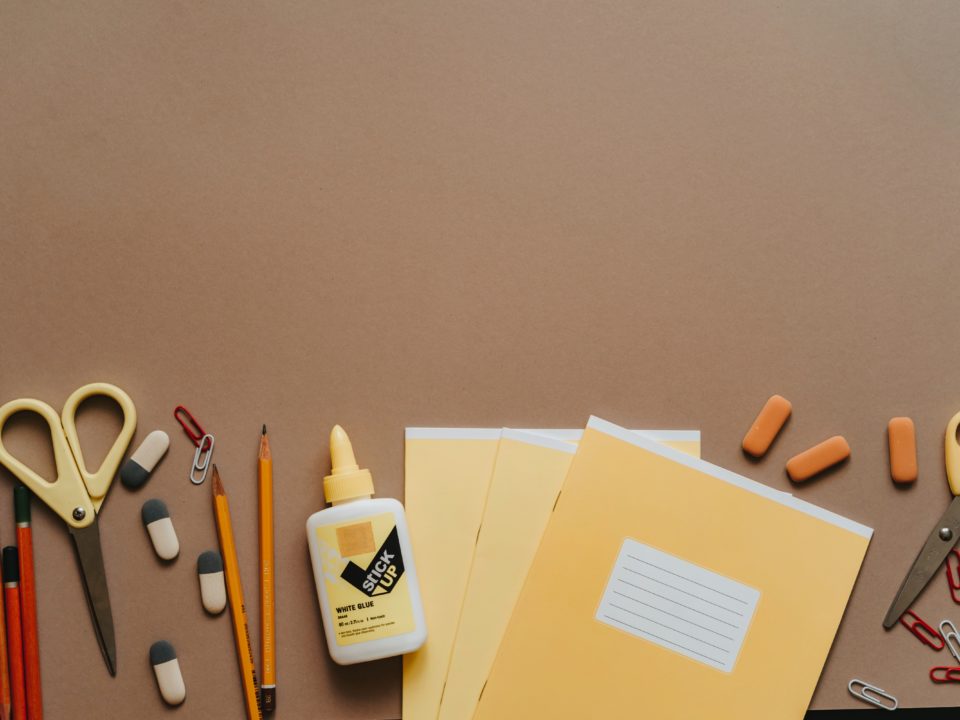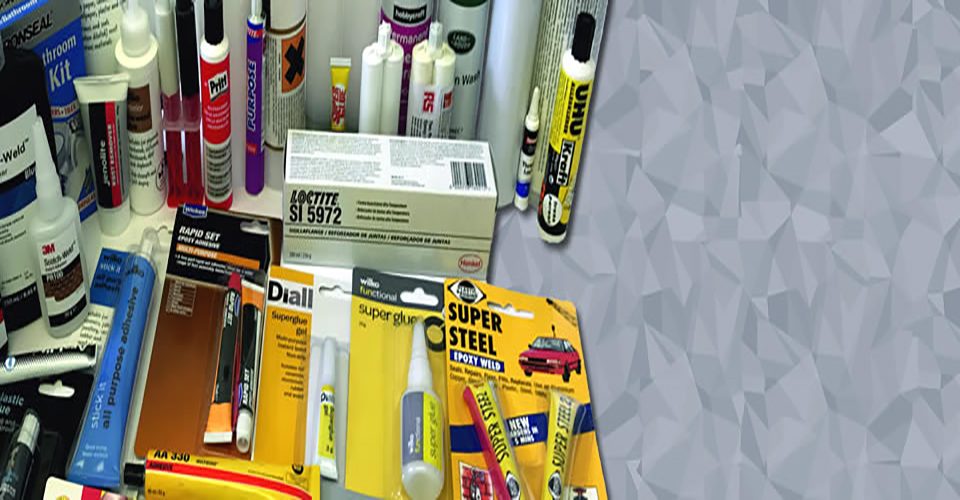DIFFERENT TYPES OF ADHESIVES AND HOW THEY ARE MADE
Adhesives are used in many different ways from fixing a broken china teapot, closing flesh wounds, sealing an envelope to being the main coating on a roll of Sellotape. Adhesives can be either man-made or naturally occurring and can come in a multitude of strengths, textures and uses.
The most commonly used word for an adhesive is “glue” and this can refer to the sticky part of a plaster to the latex water based glue used in schools.
Certain glues such as superglue react with water content in the air to help it harden and set, whereas other glues such as PVA rely on oxygen to evaporate the water content leaving a clear film that bonds surfaces together. Some of the best known, homemade adhesives are created using simple ingredients such as a wheat flour and water mix. At some point in time, we would have all experienced using this during arts and crafts at school.
So, how are some of the most commonly used adhesives made? And what are they made from? Read on to discover everything you need to know about adhesives.
See how adhesives are made
Plant-based adhesives such as sap and tar that are naturally produced by trees have been used for over 200,000 years as a form of glue. While the sap and tar are sticky and dry hard, it is also very brittle and does not make for ideal glue. In the past, many adhesives were made from the collagen of horse and cow bones, the Greek word kolla, which is where the word collagen stems from, actually means glue.
The process of extracting collagen from animals involved boiling the bones and hooves of horses to release the collagen. Nowadays, the horse has fallen out of fashion and it is cattle hooves that are most likely to be used, if at all. The majority of white glues are now 100% animal by-product free and are composed of a myriad of chemicals to create the same texture and stickiness.
Other adhesives such as cement and concrete employ the use of minerals to create a strong and long lasting bond, while homemade glues rely on starch and evaporation to help set them. In the past, envelopes and stamps were made using a slimy protein extract created by fish, this was activated by moistening it and pressing the 2 sides of paper together, usually resulting in a paper cut to the tongue. In the modern world, these now employ the use of man-made chemical glues that are self-sealing and require no moisture to activate them.
Adhesives make our lives easier by creating secure bonds that help us repair, secure and seal important items and are ever evolving to become as strong and safe as possible.



